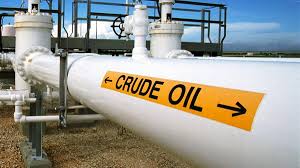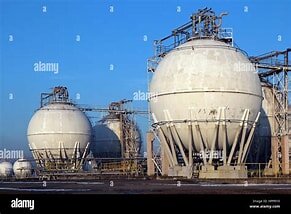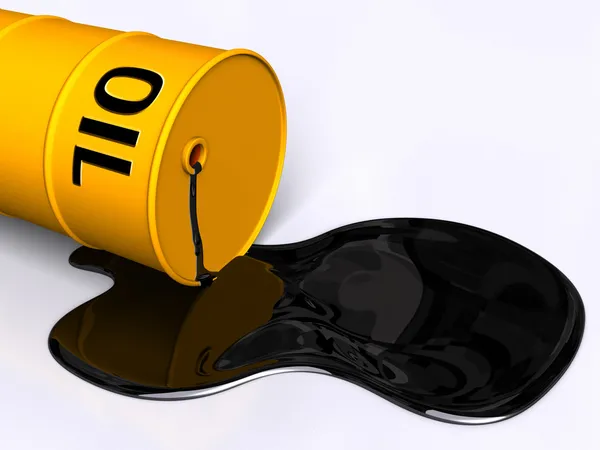New York, May 10, 2024 – Oil prices wavered between positive and negative territory in a narrow trading range on Friday as investors grappled with conflicting demand signals out of top two crude oil consumers China and the U.S.
Brent futures were down 13 cents to $83.75 a barrel by 11:21 a.m. (1521 GMT) U.S. West Texas Intermediate crude shed 4 cents at $79.22 a barrel.
Both benchmarks were roughly flat on the week.
Prices were under pressure from rising U.S. oil product inventories approaching the typically robust summer driving season, said Jim Ritterbusch of Ritterbusch and Associates.
“Given the price decline of the past month and the weaker-than-expected demand trends for US gasoline and diesel, some bearish demand adjustment would appear likely,” Ritterbusch said.
Yet prices drew support from data on Thursday showing China imported more oil in April than the same month last year. China’s exports and imports returned to growth in April after contracting the previous month.
Oil prices also were pressured as the U.S. dollar strengthened after Dallas Federal Reserve President Lorie Logan said it was unclear whether policy was tight enough to bring down inflation to the U.S. central bank’s 2% goal.
A strong dollar makes oil more expensive for buyers using other currencies, and higher-for-longer U.S. interest rates could also dampen demand.
Next week, U.S. inflation data could influence Fed decisions on interest rates.
The European Central Bank, meanwhile, looks increasingly likely to start cutting rates in June.
Lower interest rates typically boost economic activity and oil demand; higher rates stifle both.
In Europe, a Ukrainian drone attack set an oil refinery in Russia’s Kaluga region on fire, RIA state news agency reported on Friday, the latest salvo from Kyiv in what has become a series of tit-for-tat attacks on energy infrastructure.
Conflict in the Middle East also continues after Israeli forces bombarded areas of the southern Gaza city of Rafah on Thursday, according to Palestinian residents, after a lack of progress in the latest round of negotiations to halt hostilities in Gaza.
The potential remains for broader conflagration in the region, particularly from Iran, a supporter of Palestinian group Hamas and a key oil producer.
“Israel’s groundwork for an intervention in Rafah and growing tensions on its northern border are a reminder that geopolitical risks could persist through all of Q2 2024, at least,” Citi analysts said in a note.
However, the bank expects prices to ease through 2024, with Brent averaging $86 a barrel in the second quarter and $74 in the third quarter amid signs that global oil demand growth “appears to be moderating”. (Reuters)




